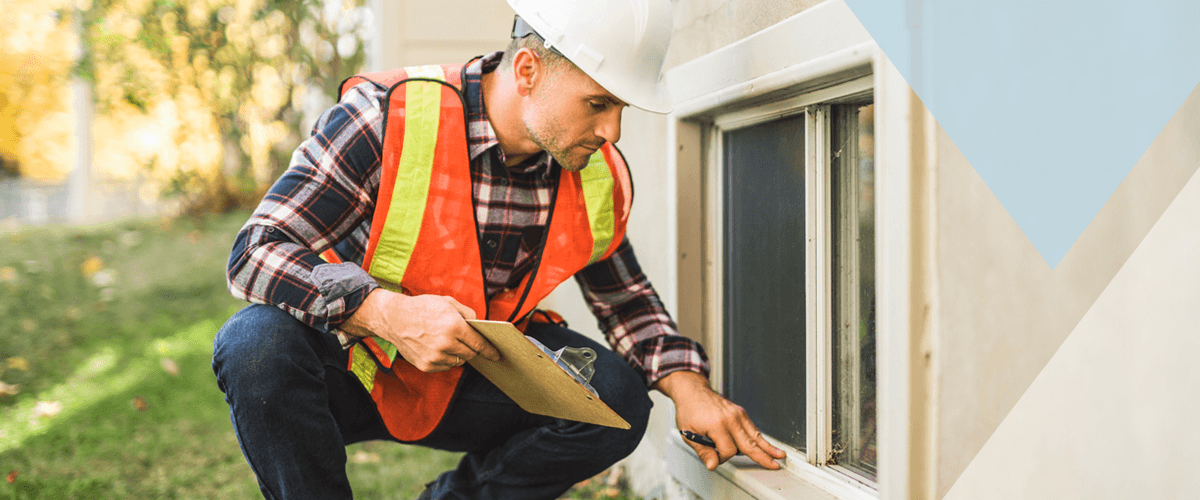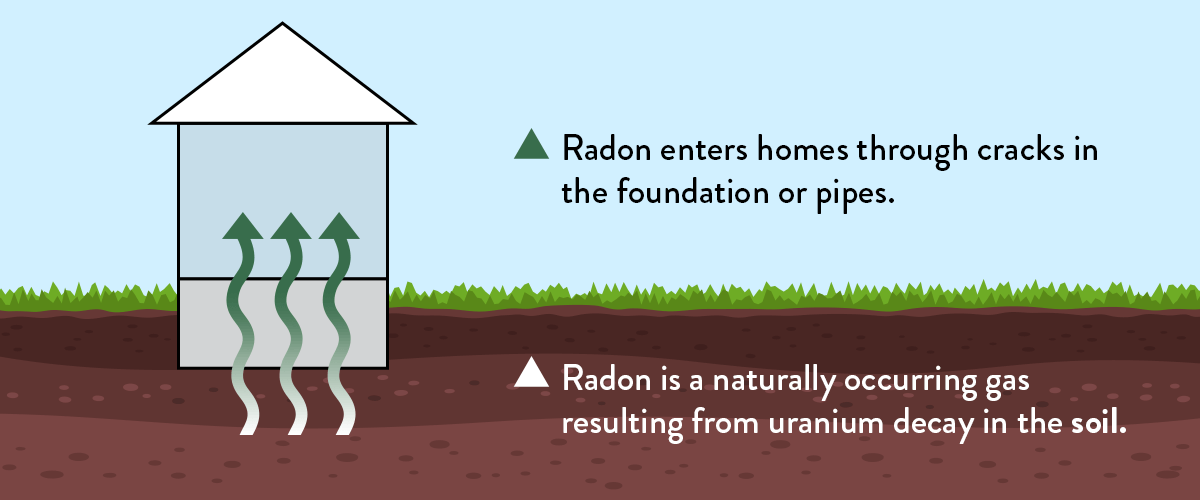
Real estate transactions can be overwhelming. There are appraisals, home inspections and the race to close. With the long checklists and rush to the finish line, it’s easy to forget to test your home for radon.
Radon testing isn’t just another home inspection task to cross off your checklist. It is essential to ensure that the property you are selling or buying is free of this odorless and colorless gas, which the Environmental Protection Agency (EPA) regards as the second leading cause of lung cancer.
Why Radon Testing Is a Nonnegotiable Step
Whether you are buying or selling a home, radon testing should be a key consideration. For the buyer, it is one of the best ways to ensure you make a safe purchase for you and your family. For the seller, it is a proactive step to ensure a smooth closing process.
Think of it this way — purchasing a new home is one of the most significant investments you will ever make. And like any investor, you want to ensure you’re planting your money into safe ground. Take advantage of the due diligence period and run a radon test to verify that your new space is safe. Skipping this step before closing is a mistake that can prove costly down the line.
If you are a seller, providing current radon test results or even showcasing an accurate mitigation system is an exceptional selling point that can help build trust with buyers. This test can also help you avoid delays, especially in states like Illinois, where radon level disclosure is mandatory for sellers.
Understanding the Home Inspection Radon Test
Radon is a naturally occurring gas resulting from uranium decay in the soil. It enters homes through cracks in the foundation or pipes. Since homes are sealed, this gas can quickly accumulate to dangerous levels. Due to its subtle properties, radon is difficult to detect, making testing the only precise method to determine concentration levels.
Do Home Inspectors Test for Radon?
Radon testing is not a regular part of the home inspection process. Although a home inspector may be trained and, in some states, certified to conduct a radon test, it is not a standard part of their job. You’ll likely have to ask your home inspector if they can perform the test for you, or hire a certified radon expert. However, depending on your state’s regulations, you can also get a DIY kit to conduct the test yourself.
The Radon Testing Process and Timeline
Two main types of procedures are available to help you test for radon in your home. A short-term test requires a minimum of two days and a maximum of seven days. You need simple devices like a charcoal canister or an electret ion chamber to conduct a short-term test. Because of its short timeline, this test is ideal for both buyers and sellers looking to close quickly.
The long-term test may require partnering with a professional due to the duration to ensure accuracy. However, there are also DIY kits. This home inspection radon test takes a minimum of 90 days. Although highly accurate, its duration makes it an impractical option for real estate transactions.
Homeowner Guidelines During a Test
The first step in radon testing is to ensure that your testing device is placed in the lowest livable section of your home. This location could be the basement or the first floor. The trick is to have the kit on the usable level closest to the ground for accurate readings. Before placing the testing devices in your home, close all the windows and exterior doors for 12 hours. This pre-test step will limit air escape, giving you a controlled environment for testing.
Place your device strategically, 20 inches above the floor. While it will be challenging to keep all exterior doors completely closed during the test if the home is occupied, limit the frequency and don’t leave them propped open.
Here is a quick checklist to keep close:
- Ensure windows and doors are closed for 12 hours.
- Keep HVAC running normally.
- Don’t operate whole-house fans.
- Limit the use of exhaust fans.
- Don’t test during unusual weather.

Making Sense of Your Radon Test Results
Once the testing period is complete, send the kit to the lab for analysis. Some DIY kits specify laboratories where you can send your kit for testing. If you are working with a professional, they will likely handle this step for you. Your test results will show readings in picocuries per liter of air (pCi/L).
What Is a Safe Level of Radon in a Home?
Honestly, there is no “safe” level of radon — but the lower you can get it, the better it is for you and your family. However, as a naturally occurring gas, there may be some traces in your home. The EPA suggests taking action for a reading of 4 pCi/L or higher.
What Happens if the Test Readings Are High?
It is time to install a reliable radon mitigation system. Multiple types of mitigation systems can be used for your home, and some advanced systems can actually help you reduce radon concentration by up to 99%. The process of setting up a radon mitigation system takes a few hours and can be tailored to meet your needs and budget.
Radon Gas FAQs
We’ve answered other common questions about home radon testing for added peace of mind.
Is Radon Testing Required to Sell a Home?
The answer depends on your state. Some states, such as Ohio and Minnesota, require sellers to disclose radon levels in their homes. However, increased awareness of the gas and its impact is slowly making testing a standard part of real estate transactions nationwide.
Is a Radon Test Necessary When Buying a Home?
Yes — ensuring that your home is free of radon can help protect your family from serious health risks. It can also give you bargaining power during negotiations if you need residential mitigation services.
Who Pays for the Test and Mitigation?
The buyer and seller can negotiate who will pick up the check for which service. However, it is common practice for the buyer to pay for the testing. If readings are high, the seller may shoulder the installation cost or discuss price reductions with the buyer to cover the cost.
How Often Should I Test My Home for Radon?
You should test your home for radon every two to five years. Additionally, test your home before and after renovations or making significant changes, such as adding insulation or vents in the kitchen.
Can You Be Home During a Radon Test?
Yes, you can be home during a radon test. Your regular activity will not affect readings. Remember to keep the windows and doors closed and minimize the use of devices that can impact accuracy, like vents.
Protect Your Investment and Your Health
Radon gas is a serious health risk, but testing is an inexpensive, simple way to ensure that the property you are selling or buying is safe for occupation. Should you find elevated levels, mitigation is a fast and effective way to reduce radon levels in your home.
As the nation’s largest radon mitigation company, SWAT Environmental offers trusted mitigation services that work. Our customizable solutions can reduce radon levels by up to 99%. Get a quick quote today.


